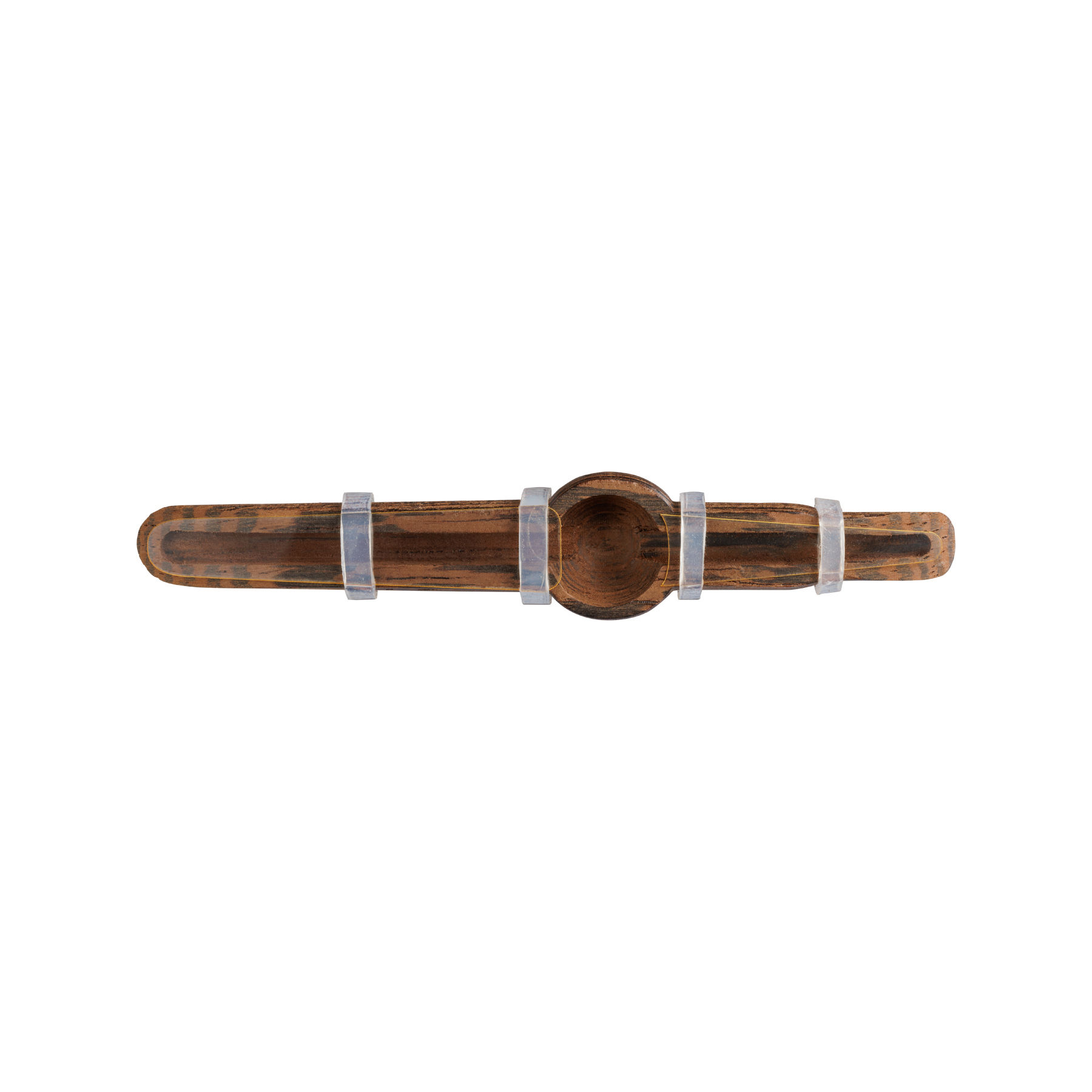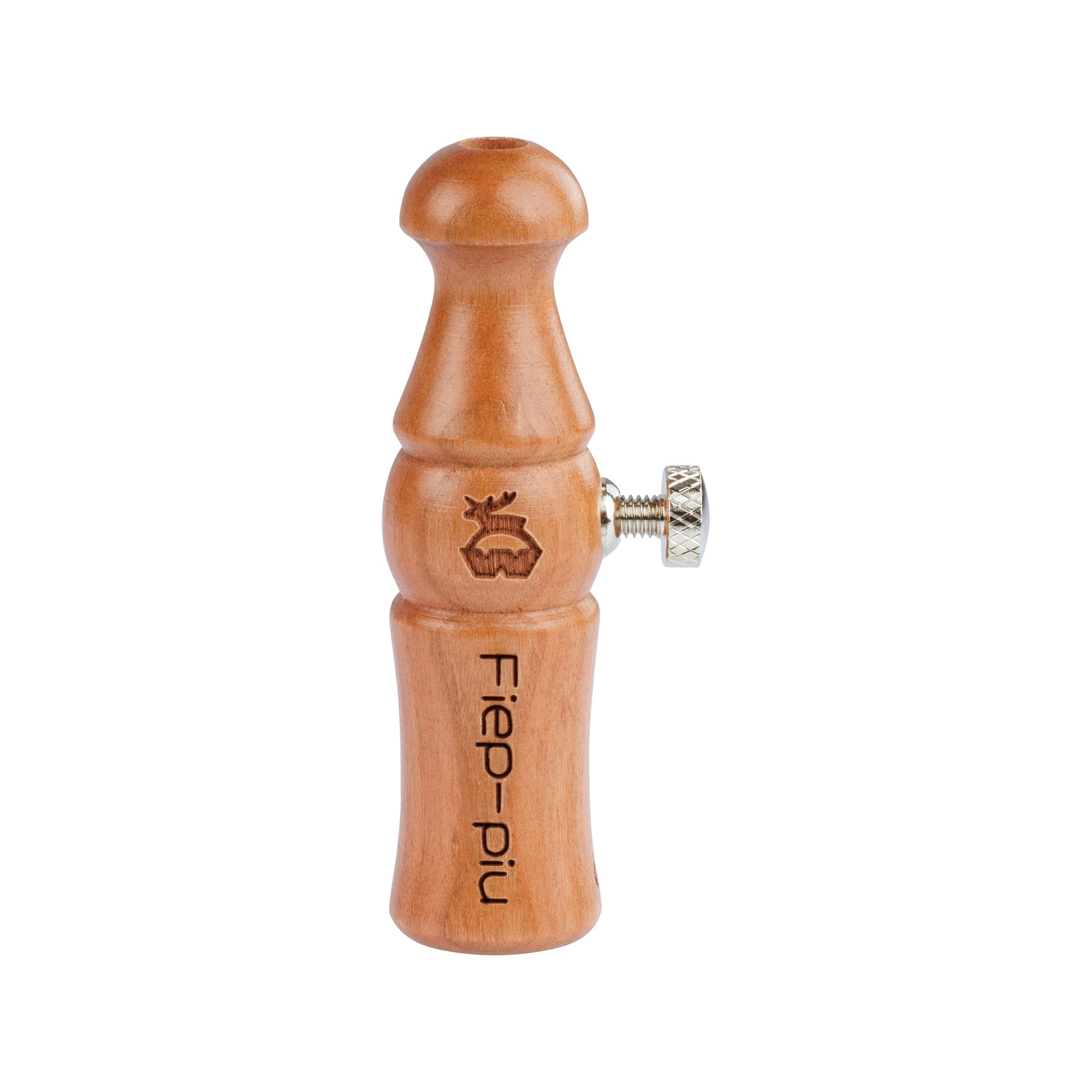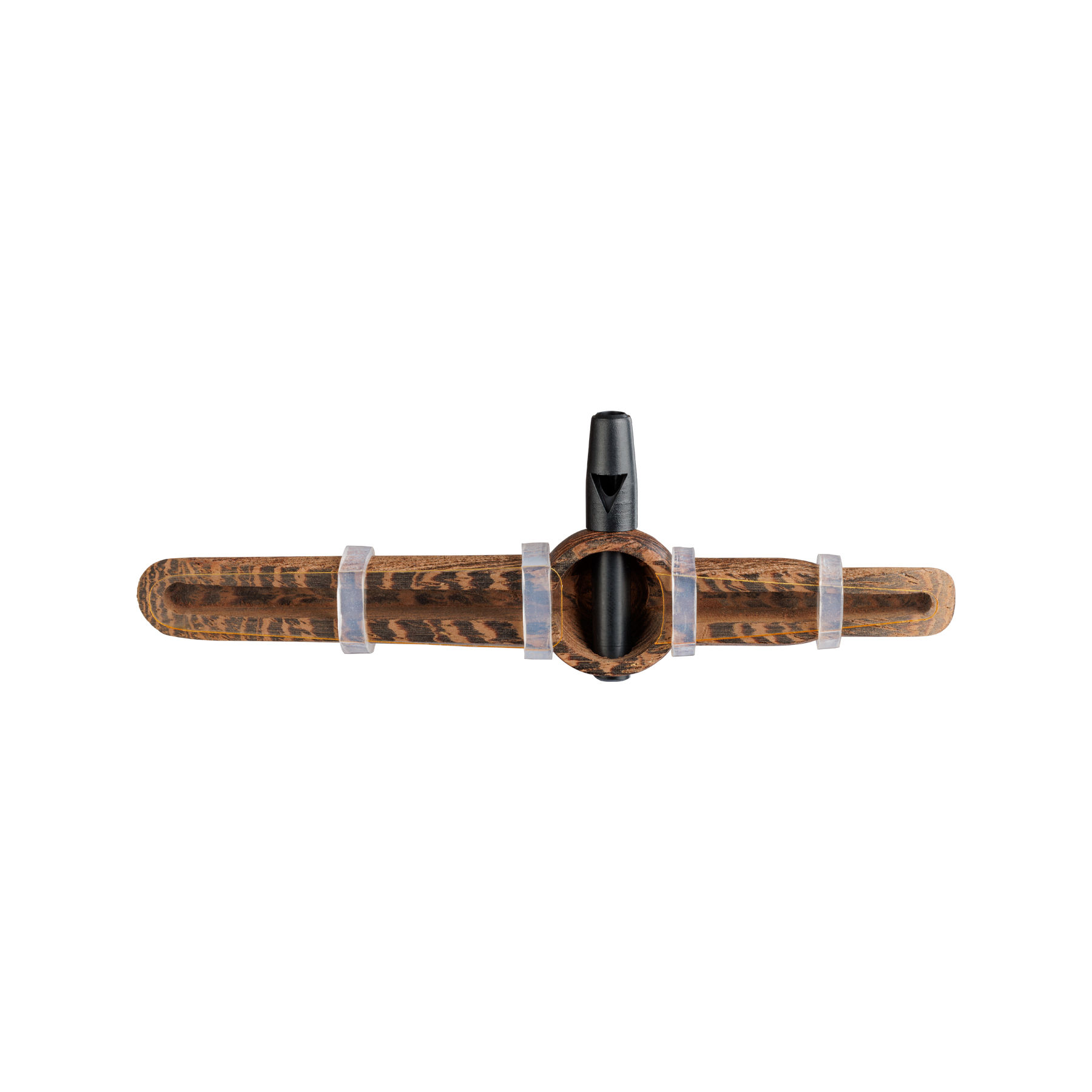First a short rut hunting story
It was the 25th of July. A hot midsummer's day. I was sitting in front of the hunting lodge having my second breakfast when my young, very passionate fellow tenant excitedly reported that the leaf hunt was at its peak, as he had seen some bucks driving hard and shoeing this morning.
I leant back against the rough-hewn wooden bench and said to him:
"It's rutting time, but not yet leafing time. Let nature take its course and have respect for the creature, because for every living creature the urge to reproduce is the pinnacle of its existence. Imagine figuratively that a human deer lures you with its eyes or beautiful words. You follow her to a secret place and there you get "hit over the head". Bad luck, isn't it? Now give me an honest answer. How do you feel when you shoot a buck that gets your bullet either just before the shoeing, during the shoeing or immediately afterwards?"
My hunting friend Hannes lowered his eyes and said: "I've never thought about that before."
I rejoiced inwardly, knowing that today, for the umpteenth time, I had been able to make a hunter aware of the concept of "appropriate for hunting".
Regulars' table conversations about rutting bucks are often hair-raising. Unfortunately, non-hunters often hear these hunting experiences and shake their heads uncomprehendingly. That doesn't have to be the case.
Rut hunting can also be successful towards the end of the leaf season
A few years ago I read a report in a major German hunting newspaper. In the July issue, the editor-in-chief wrote in the foreword about the poor Swedish hunters who are forbidden to hunt roebuck during the rut. He said that these hunters were deprived of one of the best experiences of buck hunting. In Croatia and some other countries, hunting during the roe deer mating season is also prohibited.
In our case, if the author had had any idea about proper leaf hunting, he would not have written this comment, because in Sweden the buck hunt does not open again until 16 August for this reason.
But if you use your leaf hunting tools skilfully, you will still be successful - with my jealousy leaf, which I will describe in detail later in this article.
The requirements for rut hunting have changed
The term "rut hunting" is centuries old. Centuries ago, no instruments were known. A natural leaf was used, whether beech or lilac bush leaf, grass or straw, birch bark or another thin and soft natural product. Even today, some old but also young hunters have mastered this art.
However, the greatest art and the best produced fieplaut today no longer bring the desired success because the sex ratio is simply no longer in order.
When there are three to five females on a buck, even the most natural sound emitted by the hunter rarely leads to success. During the rut, many roe deer will squeal. Then there is the rutting odour, which spreads through our hunting grounds like an invisible fog.
So during the main rut, let's leave the blatter in the bag, because there is no instrument on the market that can be used to lure a high rutting buck away from a high rutting doe.
Critics will now say. "It's all nonsense, when the time is right, the bucks will even jump at the squeak of the wheelbarrow."
And the question of the right "time" is already on our minds.
Day X in the rut hunt
Day X, as it is often called in wildlife biology: When exactly is it? No one can name it. Nature gives us a vague indication of this time.
It is the period seven or eight days after the main rut of the respective buck. His studs are no longer in heat, but his hormone levels are still very high. We cannot recognise this day.
It can happen that on the seventh of August you go to the batten and nothing moves at all. If you go to the same spot one or two days later, it can happen that two bucks jump at the same time. They are often so love-struck that any squeak or squeak is enough to make them stand still.
The best time for successful rut hunting
At medium altitudes, this is usually at the end of the first week of August / beginning of the second week of August to mid-August. Ten to 14 days later in the mountains. A few days earlier in the floodplains.
Climate change also has an impact on rut hunting
The change in seasons due to climate change should definitely be taken into account. The heatwave in 2003 caused a lot of confusion. I received emails from hunters as early as 5 July who had observed a high misting.
I myself, on the other hand, had very good success for a camera team on 18 August in the worst weather.
Climate change is increasingly playing a role. In mild winters, ovulation can move forward 8-14 days and in very harsh winters it can move back. But not in all cases. It can happen that the rut extends from the beginning of July to mid-August.
A guide to rut hunting for inexperienced rut hunters
The right stand for rut hunting
Look for a suitable spot near a stand. Whether from the ground or from a high seat is up to you. The most important thing is the wind direction, which you must pay attention to. The best way to do this is with the help of soap bubbles for children. If you blow with the wind, the buck is "blown" from the start.
From the high seat, the fieptones should be directed downwards so that they are undulated towards the ground. They do not stalk quietly and stealthily to this spot, but go there as normal. It is then important to wait until the surroundings (birds etc.) have calmed down. Usually 30 minutes.
The first verse of the rut hunt
In the first verse, you make 3 to 5 cautious fiddling sounds in all directions to imitate a searching song. Make sure that you don't make a crying fieeeee, but a short fii, otherwise the young buzzard or the jay will respond. Between each note, take a deep breath yourself to produce the next fiep, as the female must also breathe and move to emit the next note.
After this verse, wait about 15 minutes and pay attention to the small songbirds such as the wren, nuthatch and the various species of titmouse, which follow and report every movement in the forest with their excited clamour.
The second verse during the rut hunt
The second verse follows. This should be sung in the same way as the first verse, but much louder. If you have reached a radius of approx. 100 m with the restrained sounds at the beginning, you will reach a radius of approx. 250 m with the loud beeping sounds.
With these two stanzas, you can bring in the young, poorly predisposed buck immediately before the rut, as he often has not yet found a female and is chased back and forth by other bucks. But the hormone levels are just as high as in older bucks that already have a mate. For this reason, the young buck quickly gets hard.
Even eight days after the main rut, around 5 to 8 August, you can have success with these normal stanzas on any buck.
If you are not familiar with the natural reed, you should get yourself a soft-sounding, adjustable fiepe made of cherry wood.
In any case, a buck that associates bleep sounds, regardless of the type, with human weather is faded.
The right weather for rut hunting
The weather conditions are of secondary importance. However, the leaf day should never be cold, wet and stormy. Warm rainy weather is definitely better than midsummer heat combined with drought.
The right time of day for rut hunting
Good times of day in connection with the wet rhythm are the late morning hours from 08:00 to 09:00, the morning to midday hours from 11:00 to 13:00 and the early evening hours from 17:00 to 18:30. At these times, the game is loose on the runs.
An old farmer hunter's rule says: "If the cows get up in the pasture to loosen up and eat something, then the roe deer are also on the move."
As is so often the case in nature, the old farmer's rule applies here. From half to full moon, all game is very nocturnal and tired during the day, which should also be taken into account in the event of failure.
Sounds for advanced rut hunters
Blasting beeps, fawn calls, cries of fear and cries of jealousy should only be used skilfully and with special leaf instruments. I have developed the Weisskirchen Universal Blatter with lamellae especially for this purpose.
However, every hunter should remember one thing - and this applies to all lure types:
Less is often more.
Our native game is becoming more and more nocturnal due to disturbance during the day and during the classic sitting time at dusk. If you have perfect command of lure hunting, you don't have to miss out on success. The best time to spot a bird is between 7 and 15 August at midday between 11 am and 1 pm.
Learn the animals' voices and you will be the master of your hunting ground.
Yours, Klaus Weisskirchen



